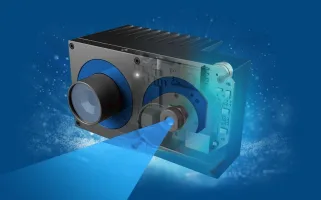- 3D Vision Systems
- fruitcore robotics
- horstVISION 3D
- Specifications
fruitcore robotics horstVISION 3D Specifications
Ranked Nr. 36 of 97 3D Vision Systems

fruitcore robotics’ horstVISION 3D interface enhances HORST robots by integrating 3D camera systems for advanced automation. This system enables robots to detect, identify, and process components adaptively, eliminating the need for predefined paths. It supports various 2D and 3D cameras, making the HORST robots more intelligent and versatile.
A key capability of horstVISION 3D is its position detection for disordered or irregularly shaped parts. The system creates a 3D image of the work environment, allowing HORST robots to reliably handle components from containers like wire mesh boxes or small load carriers. It manages to pick and place parts with precision, even from chaotic environments, ensuring correct orientation for further processing.
Additionally, horstVISION 3D facilitates intelligent parts handling and automatic depalletizing. Using CAD data, the system determines optimal gripping positions and calculates collision-free robot paths. It allows for precise detection and handling of components, even from inaccurately positioned pallets or stacks, improving efficiency and flexibility in manufacturing processes.
horstVISION 3D Alternatives
See all 174 3D Vision Systems

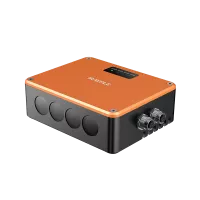
iRAYPLE 3D Cameras
Color | Monochrome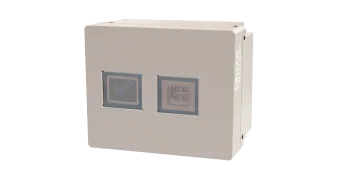
Basler blaze Time-of-Flight 3D Camera
Near-infrared | Working distance 940mm4.6/5 (1)
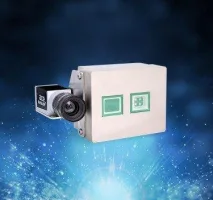
Basler RGB-D Solution
Color | Monochrome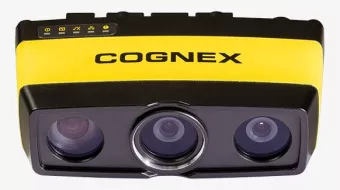
COGNEX 3D-A1000 Dimensioning System
Monochrome | Near-infrared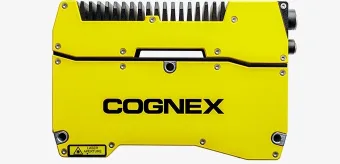
COGNEX In-Sight 3D-L4000
Monochrome | Multispectral | Near-infrared | SWIR | Working distance 92-180 mm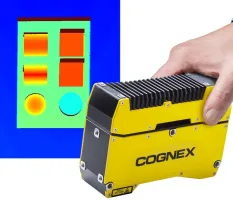
COGNEX 3D-L4000 with VisionPro
Monochrome | Multispectral | Near-infrared | SWIR | Working distance 92-180 mm